PCB Cleaning
An efficient cleaning process for assemblies and power electronics consists of the optimal combination of cleaning chemicals and equipment. However, the monitoring of the process is also crucial for its efficiency and the cleaning result.
The technical articles and case studies not only provide practical tips on the procurement and monitoring of cleaning processes, but also explain factors that influence the cleaning result and further production steps (e.g. coating).
Showing 1–16 of 19 results
-
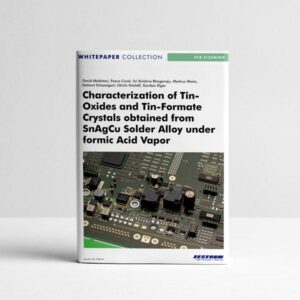
Characterization of tin-oxides and tin-formate crystals obtained from SnAgCu solder alloy under formic acid vapor
» Free « Add to basket -
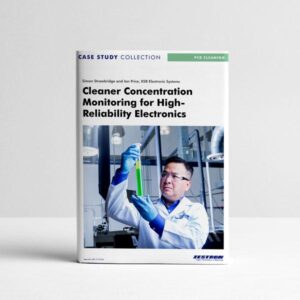
Cleaner Concentration Monitoring for High-Reliability Electronics
» Free « Add to basket -
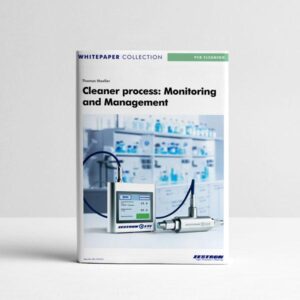
Cleaner Process – Monitoring and Management
» Free « Add to basket -
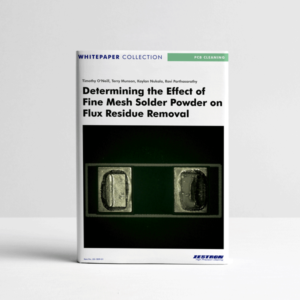
Determining the Effect of Fine Mesh Solder Powder on Flux Residue Removal
» Free « Add to basket -
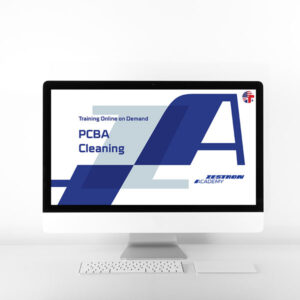
eCollection: PCBA Cleaning
€0,00 Add to cart -
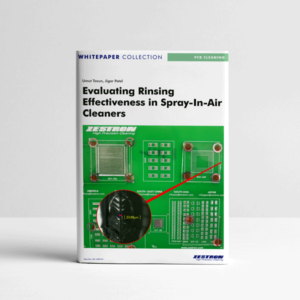
Evaluating Rinsing Effectiveness in Spray-In-Air Cleaners
» Free « Add to basket -
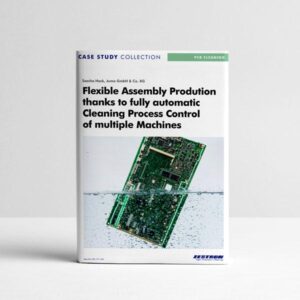
Flexible assembly production thanks to fully automatic cleaning process control of multiple machines
» Free « Add to basket -
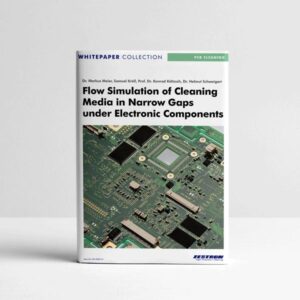
Flow simulation of cleaning media in narrow gaps under electronic components
» Free « Add to basket -
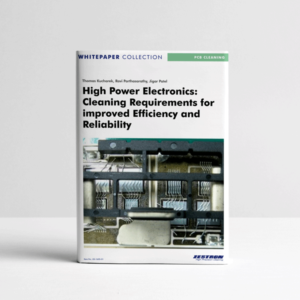
High Power Electronics: Cleaning Requirements for improved Efficiency and Reliability
» Free « Add to basket -
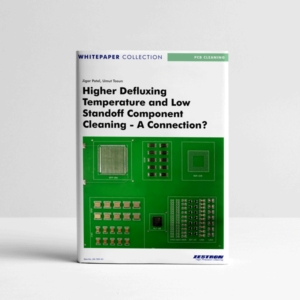
Higher Defluxing Temperature and Low Standoff Component Cleaning – A Connection?
» Free « Add to basket -
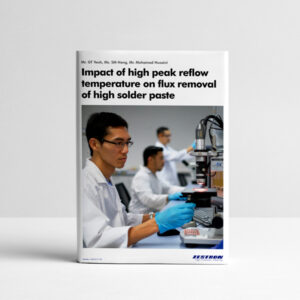
Impact of high peak reflow temperature on flux removal of high Pb solder paste
» Free « Add to basket -

Jet Printed Solder Paste and Cleaning Challenges
» Free « Add to basket -
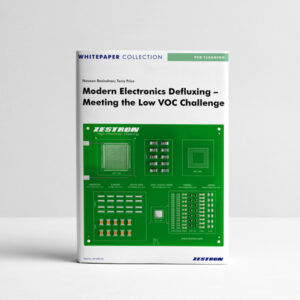
Modern Electronics Defluxing – Meeting the Low VOC Challenge
» Free « Add to basket -

New Cleaning Process Increases Capacity and Reduces Costs
» Free « Add to basket -
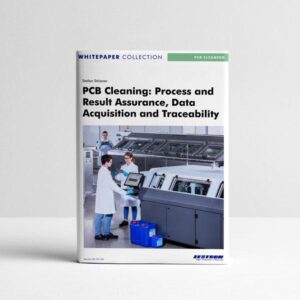
PCB Cleaning: Process and result assurance, data acquisition and traceability
» Free « Add to basket -
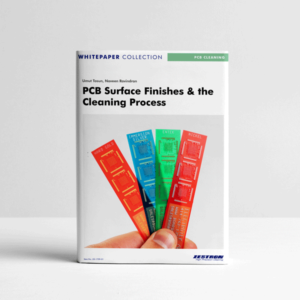
PCB Surface Finishes & the Cleaning Process
» Free « Add to basket


